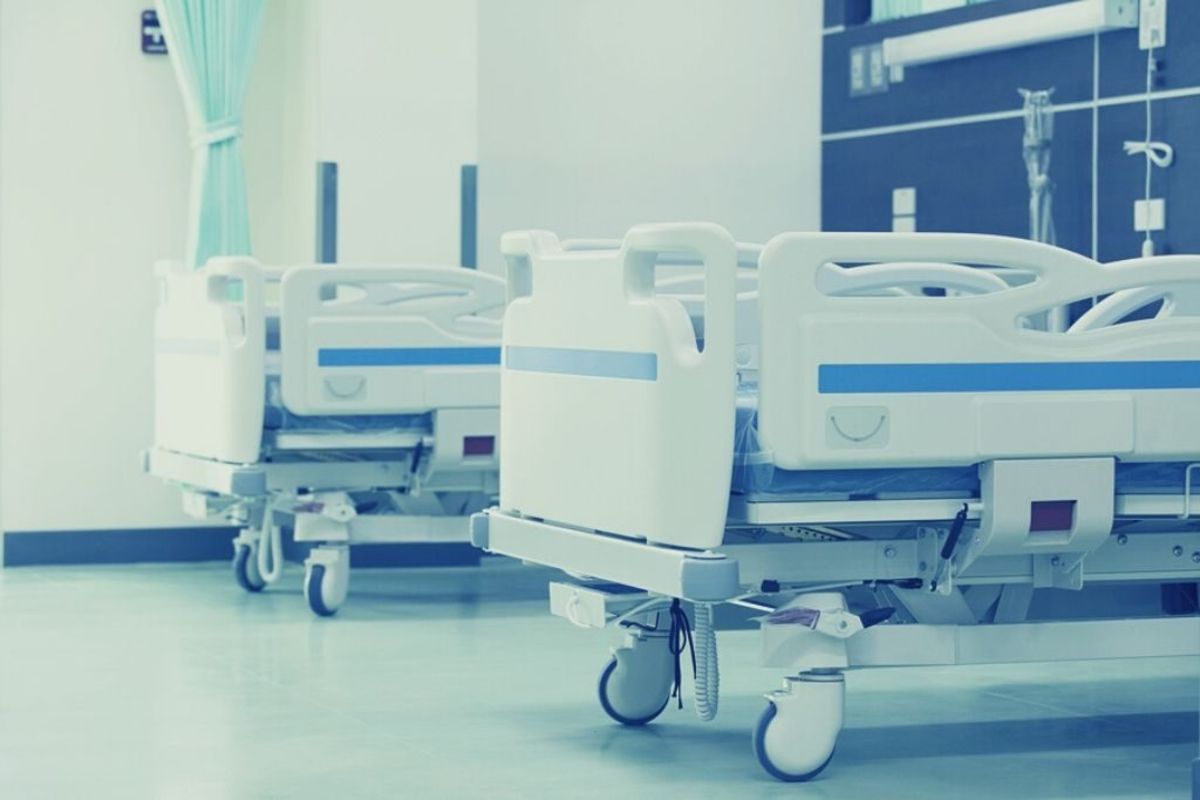
dormakaba Editorial Team

Maged Elkady
Maged is the United Arab Emirates and Oman Market Lead at dormakaba Middle East in Dubai. He is a certified medical planner and a certified healthcare construction engineer. Maged has over 10 years of expertise in hospital design and planning, healthcare business plan consultations and feasibility studies, healthcare project management, and execution.
Related articles

Society
Catastrophic Wildfires: Can Technology Anticipate and Prevent Them?
When a natural disaster occurs, the recurring question is: "Could it have been avoided?" Technology plays a crucial role in our response.

Security
Cybersecurity in Manufacturing: Why Every Industry Is Now a Target

Security
How Security Professionals Can Stand Out in a Narrower Market
There is a need for four million cybersecurity professionals worldwide according to the latest World Economic Forum white paper on the topic.